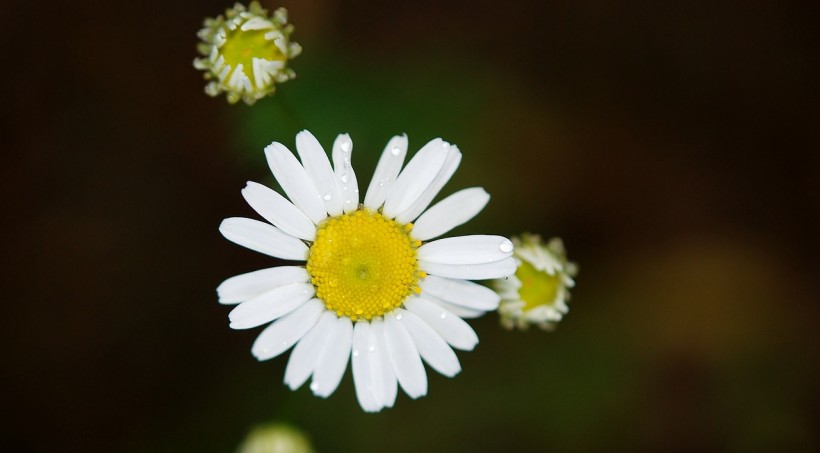Scientists studied a large, fossilized blossom preserved in amber from a Russian mine in 1872. According to a press release, they identified it as Stewartia kowalewskii, an extinct flowering evergreen shrub. The iconic flower then sat unstudied in Berlin's Natural History Museum collection for 150 years.
But researchers revisited the fossil to re-examine the material and determined that it was a case of mistaken identity. They discovered that the flower stemmed from Symplocos, an entirely different genus of blooming plant that flourishes in southeast China and Japan today.

Largest Fossilized Flower From 40 Million Years Ago Revealed After the Re-analysis of an Amber-encased Bloom
Solving the Mistaken Identity of the Largest Fossilized Flower
The astonishingly well-preserved flower, measuring about 1 inch (28 millimeters) wide, is three times larger than the next-largest amber-encased bloom ever discovered and was discovered in the Baltic woodlands of northern Europe in 1872, Live Science reported. It is from the late Eocene era (roughly 38 million to 33.9 million years ago).
Bloom entombed in amber is the largest fossilized flower ever found https://t.co/3HcY7VZT7Z
— Live Science (@LiveScience) January 17, 2023
Researchers removed pollen particles and analyzed them under a microscope alongside the bloom's architecture to determine their real genus. The New York Times describes Symplocos as "a genus of blooming shrubs and tiny trees not present in Europe today but prevalent in modern East Asia."
As a result, researchers recommended in their study, titled "The Largest Amber-preserved Flower Revisited" published in Scientific Reports, a new name for the fossil: Symplocos kowalewskii.
Eva-Maria Sadowski, a postdoctoral researcher at the Natural History Museum in Berlin said that plants in amber give paleobotanists a lot of knowledge. The fossilized flower's categorization is significant because it allows scientists to have a better understanding of the biological variety of the Baltic amber forest and how the planet's temperature has altered through time.
Paleobotanist Regan Dunn an assistant curator at La Brea Tar Pits and Museum added that these tiny grains are natural recorders of Earth's past climates and ecosystems that will help scientists measure how the planet has changed due to natural causes. Also, it allows for a better understanding of how much humans are affecting the planet.
READ ALSO: Fossilized Lizard Forefoot Preserved in Dominican Amber
Ancient Flower Unusually Preserved in Amber for Millions of Years
In the late 19th century, people in Kaliningrad, Russia, found the amber-encased blossom, most likely in a mine. The fossil eventually ended itself in the collection of Germany's Federal Institute for Geosciences and Natural Resources, where it sat, mostly forgotten, in a glass display beside exhibits of current tree resin, as per the Smithsonian Magazine.
But paleoecologist Sadowski from Berlin's Natural History Museum was notified by a retired colleague about the giant fossilized amber flower that was more than an inch wide or about three times the size of the second-largest amber-preserved bloom.
She could not believe it at first and thought her colleague must be exaggerating about the flower's size, so decided to see it for herself. It was encased in amber, which is unusual since only about 1% to 3% of organisms trapped in Baltic amber are botanical. More so, large flowers are rarer because they take up more resin to surround their big bloom.
But through extremely high magnification, the team was able to see the morphological details of the pollen grains, which are only about a few micrometers in size. They were also able to identify its genus and suggest that it was from a known species that exists today that live in some humid, high-altitude forests in Asia.
RELATED ARTICLE: New Fossil Shows Pollination Evolved Earlier than Previously Thought
Check out more news and information on Paleontology in Science Times.














